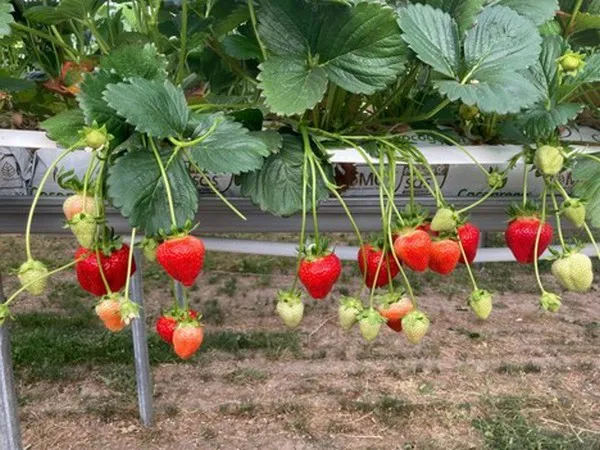Due to the LaNina effect across the region, Tasmania has seen cooler and wetter weather through the spring and summer, there have also been record low light levels. These conditions delayed strawberry production in Tasmania but also maintained mainland Australian production, which led to a significant oversupply in January.
"The changes and investment in substrate and the on-site nursery in recent years have gone a long way to protect Burlington from plant disease. However, the wetter weather does bring challenges with some fruit rots and wet weather pests like caterpillar, aphid and more recently mirids," according to Laurie Adams, General Manager at Burlington Berries, Tasmania.

The strawberry season, in general, is late, with most crops being 7-10 days later into production.
"The upside to this weather has been the good vegetative plant growth and extended periods of flower and fruit development. Yields and size at Burlington are at or above our normal levels. Unfortunately, demand is not as strong as needed, partly due to the economic headwinds most consumers are facing. Weak demand combined with good production and a late season are resulting in a challenging scenario across all of our crop types."
The mainland strawberry season is quite varied as you move down the east coast. Some northern regions have struggled, but the more southern production in Victoria has seen some favourable conditions and higher and longer production.
"There is an overlap between the Tasmanian and Victorian seasons, so this is a critical factor in the market outlook, together with some strong production. As you can imagine, this has been very challenging."
For more information: Laurie Adams
Laurie Adams
Burlington Berries
laurie@burlingtonberries.com.au
www.burlingtonberries.com.au
